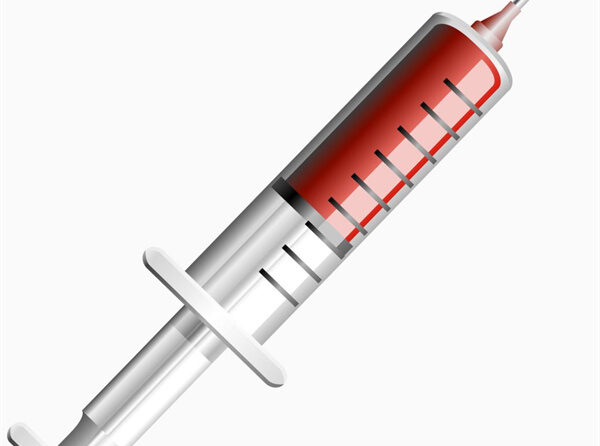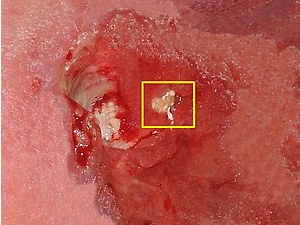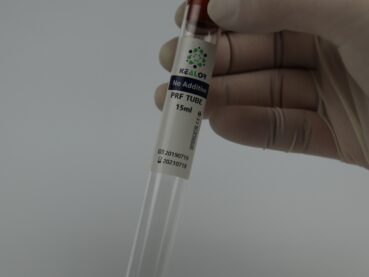Sterilization of platelet-rich plasma (PRP) is an essential step before it can be used for stem cell culture. Contamination with bacteria, fungi or viruses can cause serious problems during cell culture, affecting the viability and function of stem cells. Here are some steps that can be taken to sterilize PRP for stem cell culture:
Preparation of PRP: PRP can be prepared by standard methods such as centrifugation or automated systems. The PRP should be collected using aseptic techniques in a sterile container to avoid contamination.
Filtration: PRP can be filtered using a sterile filter with a pore size of 0.22 µm or smaller. This will remove any potential contaminants that may be present in the plasma.
Sterilization: PRP can be sterilized by autoclaving or by using a sterilizing agent such as ethylene oxide or gamma radiation. Autoclaving is the preferred method of sterilization for PRP as it is more effective in eliminating microorganisms. Before autoclaving, the PRP should be placed in a heat-resistant, autoclave-safe container. The PRP should be autoclaved at a temperature of 121°C for 15 minutes at a pressure of 15 psi.
Quality control: After sterilization, it is important to perform quality control checks to ensure that the PRP is sterile and suitable for use in stem cell culture. The PRP can be tested for sterility by performing a microbial culture and sensitivity test.
It is important to note that the optimal method of sterilization may depend on the specific protocol used for PRP preparation and the intended use of the PRP. It is always recommended to consult with a medical professional or healthcare provider for guidance on the sterilization and use of PRP for stem cell culture.








